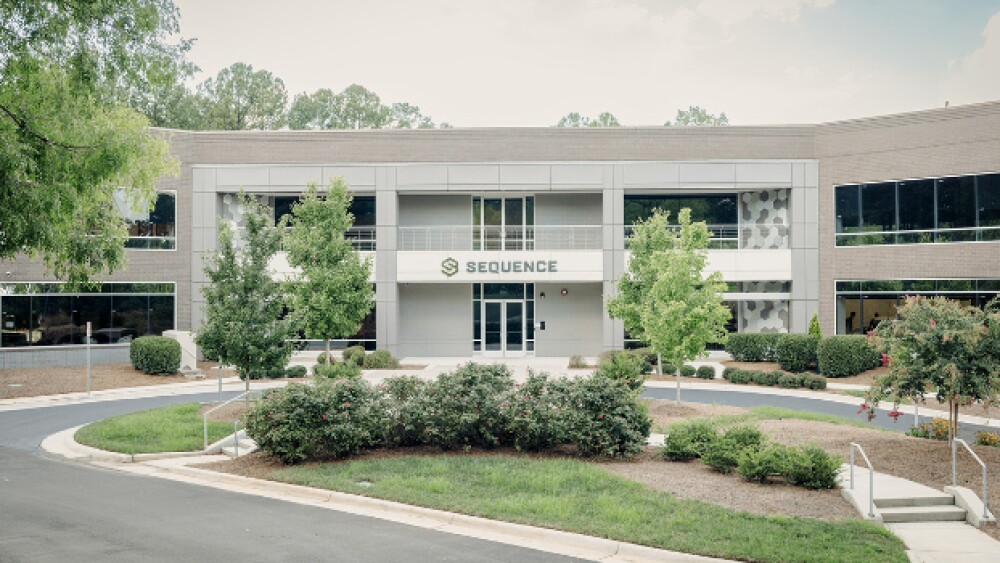Scientists at the University of North Carolina at Chapel Hill have identified a molecular protein’s critical role in cell division and growth. The new study, published in the September issue of Nature Structural & Molecular Biology, describes how the protein Upf1 helps cells synchronize the synthesis of both DNA and histones, the group of proteins that organize DNA within a cell’s nucleus. The findings may offer new knowledge into the molecular mechanisms involved in tumor growth. An imbalance in the production of DNA and histones is usually lethal for the cell, said Dr. William Marzluff, lead author of the study and Kenan distinguished professor of biochemistry and biophysics at UNC’s School of Medicine. “This is one of the safeguards that our cells have evolved and it is a part of the normal progression through cell division – all growing cells have to use this all of the time,” he said. The paper by Marzluff and UNC biology graduate student Handan Kaygun shows how Upf1 prevents the cell from making any unwanted histone proteins during the intervals between DNA syntheses. “Every time a cell divides, it has to replicate both DNA and histone proteins and then package the two together into chromosomes,” Marzluff said. “That way, each of the two cells resulting from division has one complete set of genes.” In humans, the 23 chromosomes that house roughly 35,000 genes are made up of both DNA and histone proteins. Histone proteins are made in the same way as any other proteins. The DNA from a histone gene is first transcribed into RNA, which then acts as a guide for building a histone protein. Because the RNA relays a message, in this case the blueprint for a histone protein, it is referred to as messenger RNA, or mRNA. In 1987, Marzluff and his laboratory identified a portion of the histone messenger RNA that the cell needs to coordinate histone synthesis with DNA synthesis. The new paper shows how Upf1 attaches to histone messenger RNA at the completion of DNA replication. As a result, histone mRNA is degraded, thus halting further histone production.




